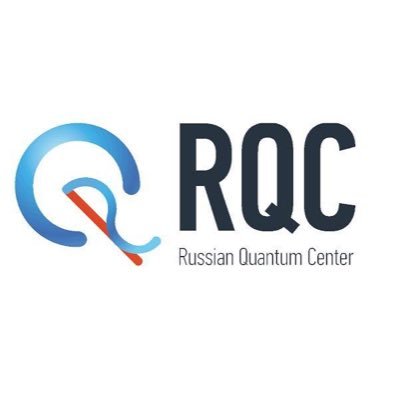The Eighteenth lecture "Crossover from Fermi to Bose statistics in a gas of ultracold atoms" in "Open RQC colloquium"
From 10:00 until 11:30
At National University of Science and Technology MISIS
Moscow, Leninskiy prospekt 4
Russian Quantum Center
Abstract
One may drastically change the quantum statistics, from bosonic to fermionic and vice versa, by tuning interactions in a quantum system. On one hand, this change of statistics is trivial: Indeed, nearly all know bosons are composed of fermions, such as the hydrogen atom consists of a proton and electron, and, seemingly, the ionization resolves the problem of creating two Fermi systems from a Bose-condensate of hydrogen. However, such systems would hardly be degenerate or stable.
For converting a degenerate fermionic system into a bosonic one and vice versa, smooth control of interactions is necessary. For the first time such problem was considered by Keldysh and Kozlov in 1968 for a gas of excitons which substantially overlap at small electron-hole coupling and transform into a gas of point-like bosons as the coupling increases.
In the 1980s, it became clear that smooth transform of a Fermi gas into a Bose condensate is contained in the Bogolubov superconductivity theory already. Even at infinitely small attraction, fermions with opposite spins form Cooper pairs. In response to adiabatically increasing attraction the pairs contract and smoothly cross over into point-like bosons. Such transformation of a fermionic system into a bosonic one is a fundamentally many-body effect. Initially the binding of the pairs appears due to the Fermi surface. Only after the interaction strength overcomes a threshold, the bound state becomes stable in the vacuum. The bound-state emergence is not accompanied by any jumps in system properties. Such change in the statistics has been considered not only for the excitons but also for electrons in superconductors and for quark matter. Physical implementation took place in experiment with an ultracold gas of Fermi atoms.
Methods for cooling a gas of atoms to deep degeneracy will be described. The physics underlying the transformation of a Fermi-degenerate gas of atoms into a Bose-degenerate gas of diatomic molecules will be discussed. The experiments showing such transformation will be presented. Unresolved questions will be announced.
Biography
Andrey Turlapov finished bachelor degree at the University of Nizhniy Novgorod in 1996, received PhD in 2003 from New York University. He was a research associate at Duke University in the lab of Professor John E. Thomas. In 2007 he started an ultracold-atom lab in Nizhniy Novgorod, at the Institute of applied physics. This lab obtained the 1st quantum-degenerate atomic gas in the country, and the 1st two-dimensional atomic Fermi gas in the world. The dfmn degree was defended at Kurchatov Institute in 2012. Andrey Turlapov elected to the Russian academy of sciences as a corresponding member in 2016.




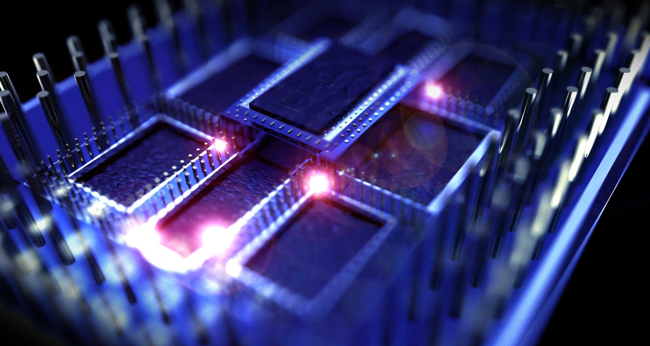
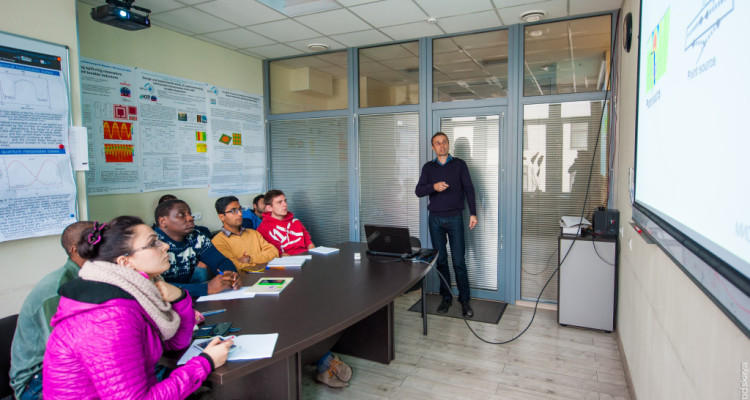
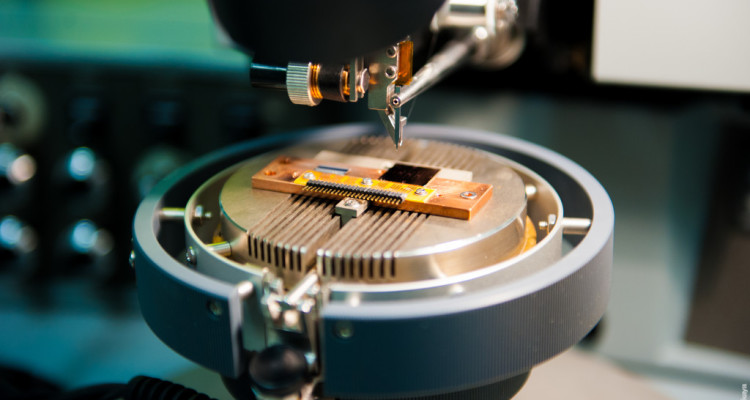
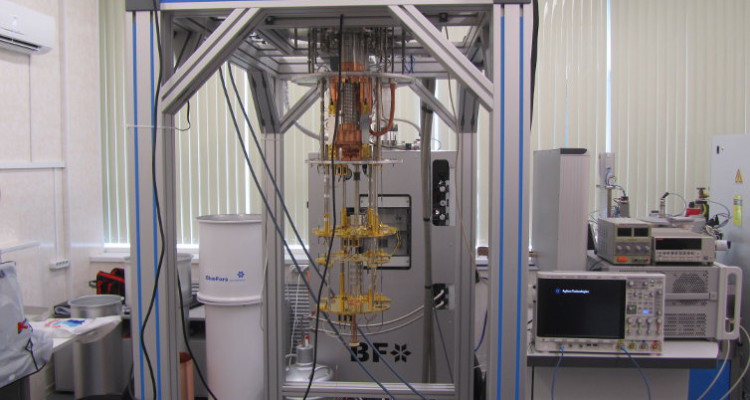
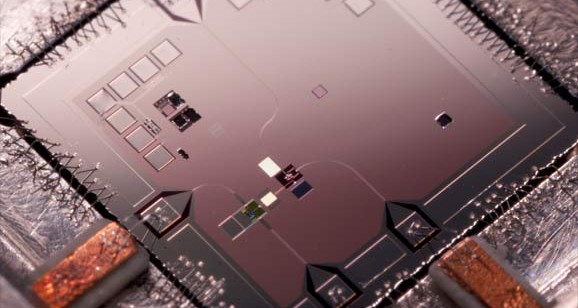
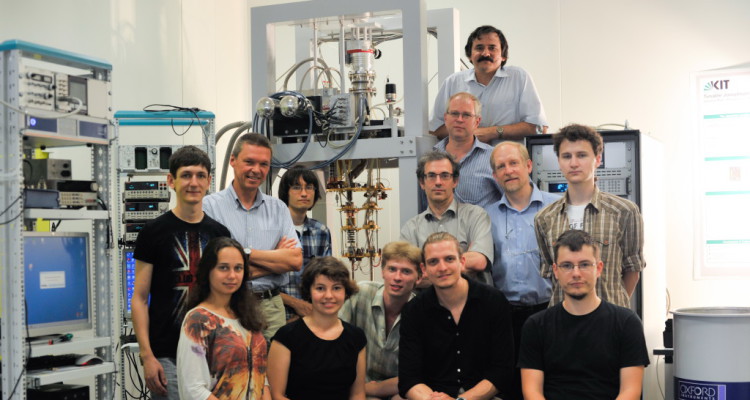
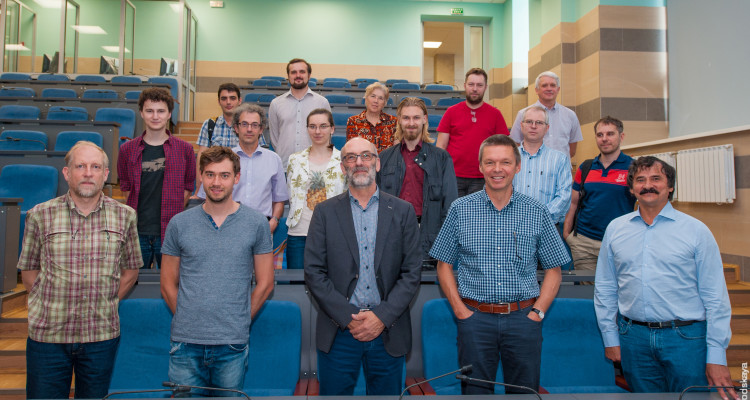
 3 February 2017
3 February 2017 